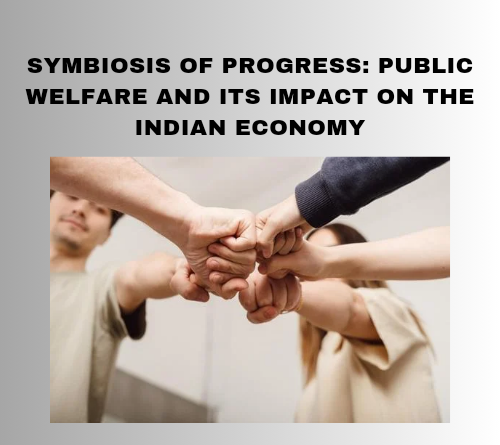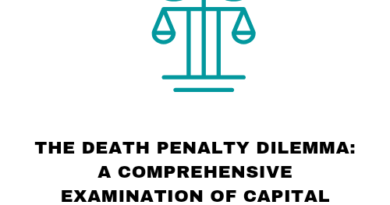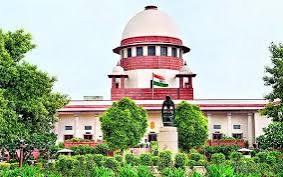Symbiosis of Progress: Public Welfare and its Impact on the Indian Economy
The intersection between public welfare and the Indian economy forms a cornerstone in the nation’s pursuit of sustainable development. This article explores the intricate relationship between public welfare initiatives and economic growth in India, examining key sectors, policy interventions, challenges, and the transformative potential of prioritizing the well-being of its citizens.Investments in public healthcare have a profound impact on both the health of the population and the economic productivity of the nation. Programs such as Ayushman Bharat, aimed at providing affordable and accessible healthcare to millions, contribute to a healthier and more productive workforce. By reducing the economic burden of healthcare expenses on individuals, such initiatives foster overall economic resilience.A robust education system is a catalyst for economic growth. Government initiatives like Sarva Shiksha Abhiyan and Skill India emphasize inclusive education and skill development. An educated and skilled workforce enhances productivity, innovation, and the overall competitiveness of the Indian economy in the global arena.Public welfare programs, including the Mahatma Gandhi National Rural Employment Guarantee Act (MGNREGA) and the National Social Assistance Program (NSAP), play a pivotal role in poverty alleviation. By providing employment opportunities, financial support, and social security, these schemes contribute to the creation of a more equitable and resilient economic landscape.Initiatives promoting financial inclusion, such as Jan Dhan Yojana and Direct Benefit Transfer (DBT), empower marginalized communities by providing them with access to banking and direct financial assistance. This not only stimulates local economies but also addresses systemic issues of poverty and inequality.Agriculture forms the backbone of the Indian economy, and investments in rural development are crucial for ensuring sustainable growth. Programs like Pradhan Mantri Krishi Sinchayee Yojana (PMKSY) and the National Rural Livelihood Mission (NRLM) aim to enhance agricultural productivity, provide irrigation facilities, and empower rural communities economically.Public welfare extends to infrastructure development, which is instrumental in fostering economic growth. Projects like Bharatmala and Smart Cities Mission aim to enhance connectivity, urban planning, and overall infrastructure, thereby attracting investments and contributing to economic development.While public welfare initiatives have made significant strides, challenges persist. Issues such as implementation bottlenecks, bureaucratic hurdles, and regional disparities require continuous attention. Leveraging technology, improving governance, and fostering public-private partnerships present opportunities to overcome these challenges and further enhance the impact of welfare programs on the economy.The symbiotic relationship between public welfare and the Indian economy hinges on the principle of inclusive growth. Prioritizing the welfare of all citizens ensures that the benefits of economic progress are shared equitably, creating a more resilient and sustainable foundation for future development.Public welfare initiatives are not just altruistic endeavors; they are strategic investments in the nation’s economic prosperity. As India navigates the complexities of a rapidly evolving global landscape, a commitment to the well-being of its citizens remains pivotal. By fostering a society that is healthy, educated, and economically empowered, India can not only address social challenges but also unlock its full economic potential, creating a legacy of sustainable growth for generations to come.





